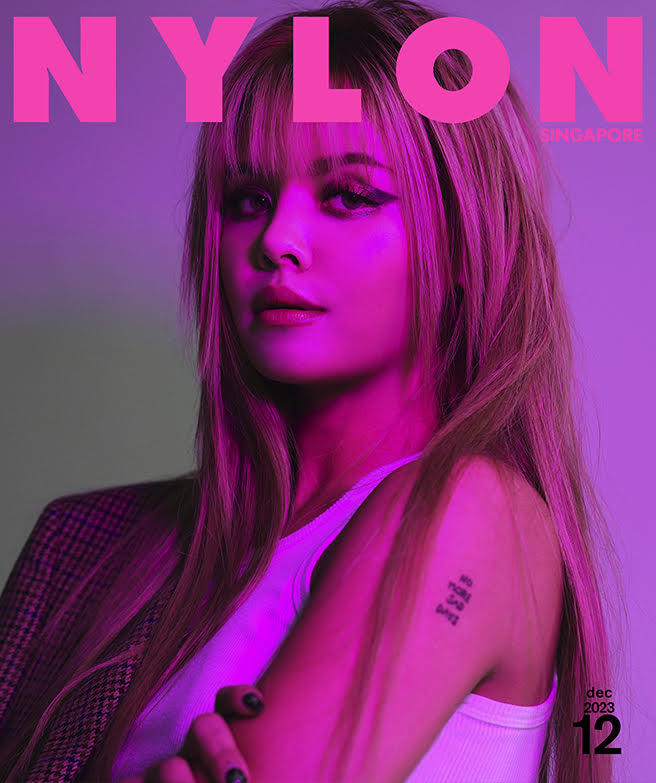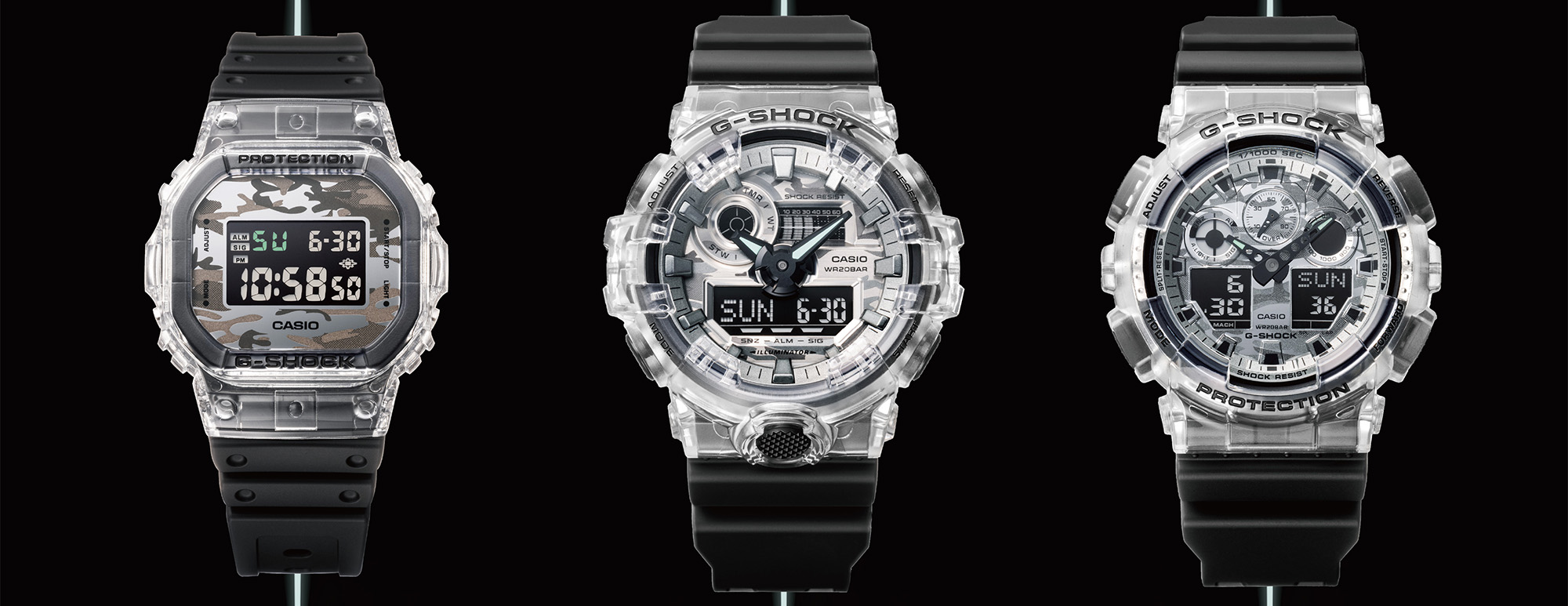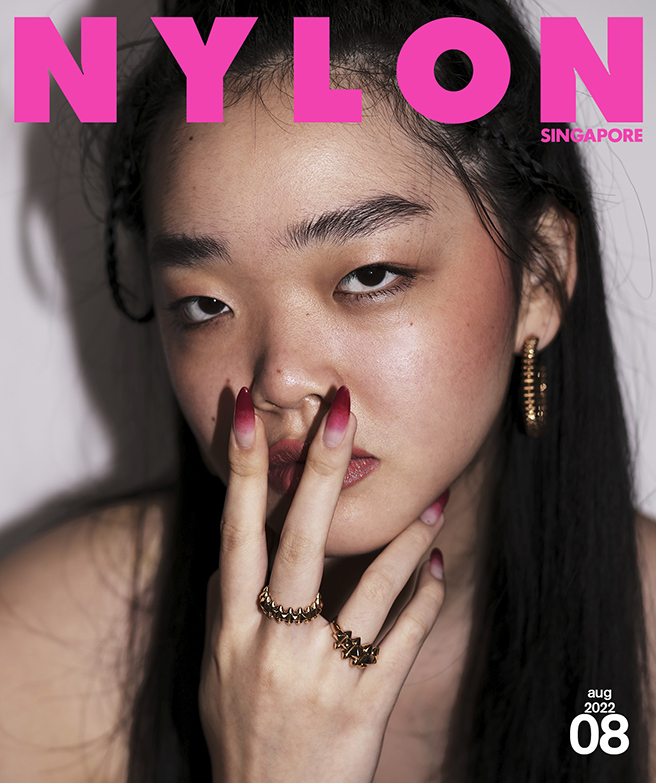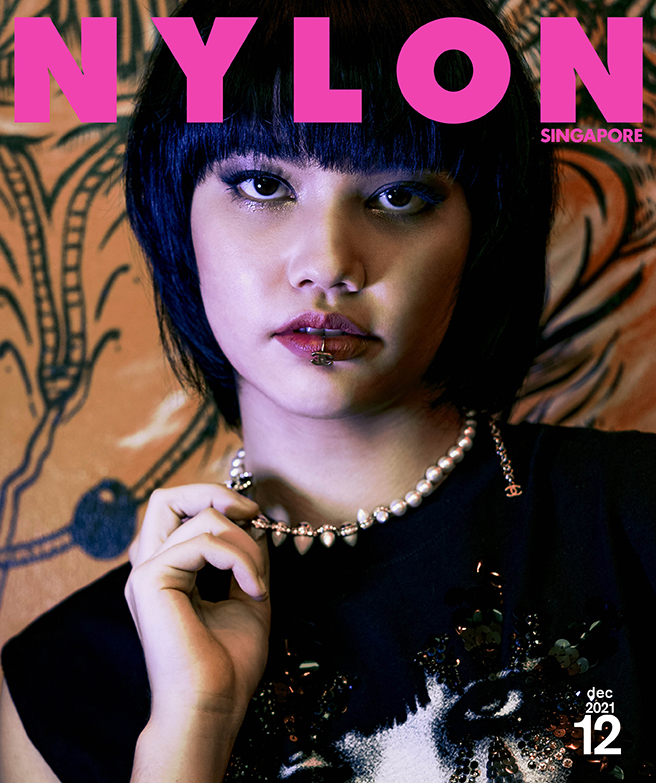Recently, in an interview with Entertainment Tonight, 43-year old American actress and former model Rebecca Romijn commented that today’s social media stars “are not true supermodels”. The offenders in question: obviously Kendall Jenner and Gigi Hadid, who’ve got Instagram followings of 56.5mil and 17.3mil respectively, and are pretty much ruling the runway these days.
Romijn, who is best known for her role as Mystique in the X-Men films, followed up on her frustration by sharing that “a lot of people – legitimate fashion people – can’t stand it. Hate it that these, you know, social media stars are now the supermodels in fashion.”
For sure, it was a thinly veiled attack on the new breed of models, something many might construe as an older model’s bitter response to becoming less relevant with the times. But as (unfortunately) a millennial myself, it seemed to beg the question – is capitalising on social media just how the modeling industry is adapting itself to stay relevant? Or are millennial models genuinely a sorry shadow of their veterans?
In the interview, Romijn continued: “And the thing is, I have always looked to Vogue magazine to lead the way, not be a follower…. So I have been disappointed that fashion magazines have been supporting this trend of social media stars to set our style standards.” – a clear reference to Vogue’s recent obsession with both Jenner and Hadid, which include an impressive subscriber-only issue dedicated entirely to Jenner, who turns 21 this year. Anyone working in the modeling or fashion industry can tell you that that’s no small feat – Vogue themselves published an online slideshow in 2011, illustrating just how rare it is for a young model or celebrity to even land a Vogue cover, much less an entire magazine. Among the select few are some of the modeling world’s most respected: Brooke Shields (1980), Claudia Schiffer (1990), Naomi Campbell (1989), and, of course, Cindy Crawford (1986). All have been credited with paving the way for young models worldwide – and in an era where gaining popularity wasn’t as easy as just taking an ace selfie.
Fast-forward to 2016, and “putting your name out there” has become less about impressing designers and fashion folk at runway shows, or being discovered on the streets (cue image of Gisele Bundchen eating at McDonald’s). Instead, it’s about how many followers you’ve got, how entertaining your Snapchats are, and how much you could potentially earn for a company just by tagging them on Instagram. The April issue’s 52-page supplement featuring a clean, no-frills shot of Kendall Jenner on the cover is aptly titled “The Kendall Effect: 64M Followers and Counting”, and dives into a profile on the influence the 21-year old has on today’s style and culture. She’s striking, definitely, and has come a long way since her days of amateur modeling for Forever 21 campaigns. But many have also been quick to point out that Jenner seems to possess only one permanently bored expression; even more credit her hype to her famous family – which, let’s admit, we’re all sick of reading about – and not so much real modeling talent.
Yolanda Hadid, mother to Gigi and Bella Hadid and a former model herself, immediately rushed to her daughter’s defense, tweeting “Kind, hard working and they accomplished more at half your age in the fashion industry @KendallJenner @GiGiHadid”, adding that “It’s THEIR hard work and daily commitment to their profession that got them where they R today #NoParentsInvolved”.
As much as we’d like to believe that though, it’s hard to identify real talent in an age where online networking seems to prove more effective than old-school hustling. For one, we can’t help but wonder if the defensive mum has even seen her “hard working” daughter catwalk.
Gigi may be this generation’s “it” girl, but it doesn’t take an industry professional to see that she can’t walk to save her life.
But of course, two celebrity icons with well-connected backgrounds are definitely not representative of a whole generation of up-and-coming models. As supposed “insiders” of the industry ourselves, we work with young talents almost every week for fashion spreads and shoots, and it’s clear that despite being under 21, majority do take their castings and jobs very seriously. If anything, a model’s social media presence seems to be more telling of her marketing insight – to present herself to a generation of consumers who too make their booking or casting choices via social media.
In fact, following Yolanda Hadid’s tweets, Cindy Crawford herself spoke up about her admiration for Jenner and Hadid’s social media prowess. The supermodel told Cosmopolitan that she felt “jealous, because I feel they have this direct way to communicate with their audience that my generation didn’t have.” It’s a sweet thing to say, considering her legendary supermodel status, but also very powerful in highlighting just how much of a commercial affair modeling truly is – not to mention how much the industry has evolved over the years.
Perhaps at the end of the day, the goal is not to look up to Kendall Jenner or Gigi Hadid as role models (yay, a pun) – whether you’ll admit it or not, privilege has given them too massive a headstart to catch up to. Instead, maybe what Vogue is really trying to say is that millennial models, or any newcomers trying to leave an impression in the industry, should strive for The Kendall Effect – capitalising on followers, public presence, and outreach as a calculated, intelligent way of marketing oneself in a social media-centric epoch; 64million followers or not.










